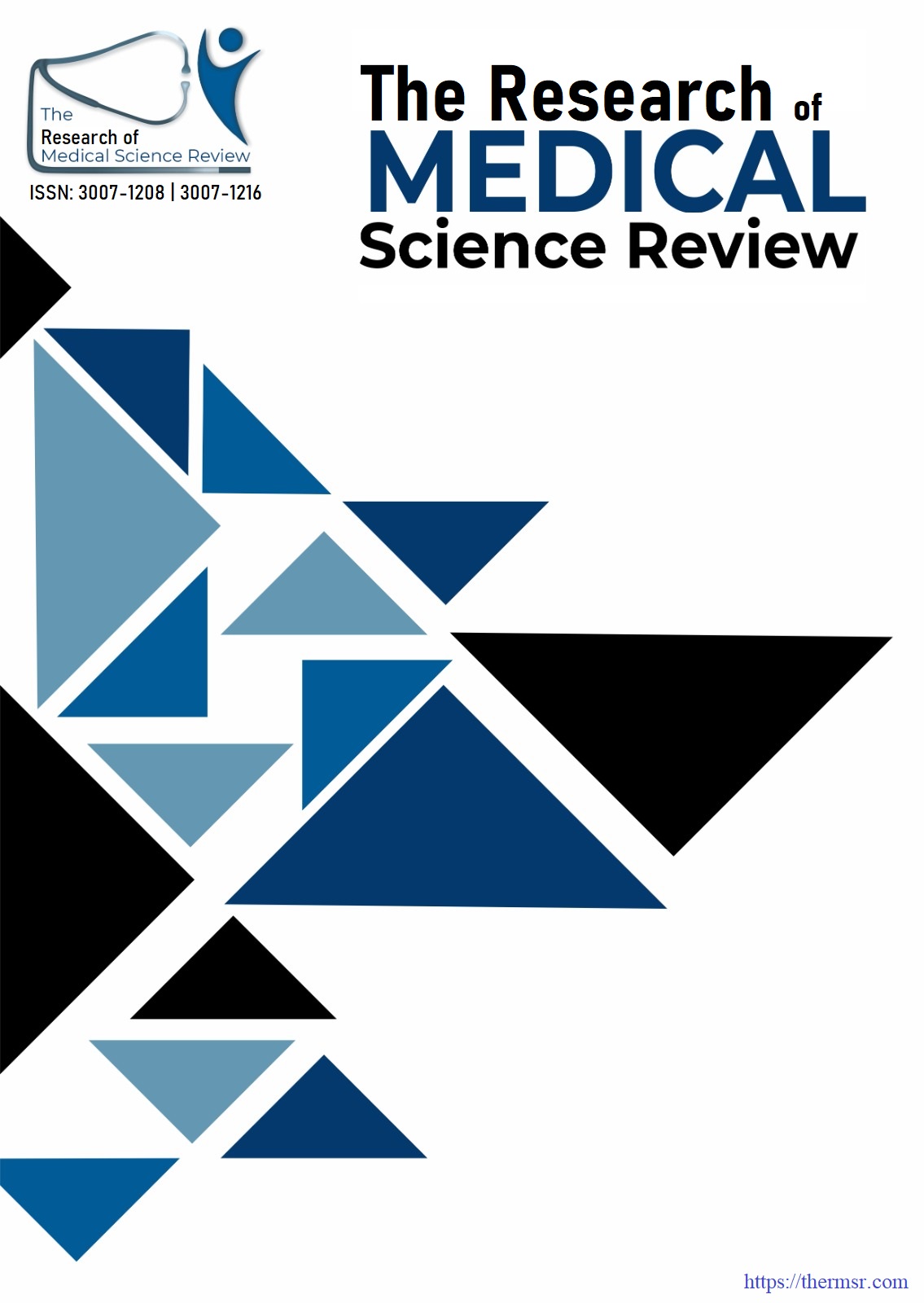PERCEPTION OF PAKISTANI NURSES REGARDING THEORY PRACTICE GAP IN NURSING PROFESSION
Keywords:
Perception, Pakistani, Nurses, Theory-Practice Gap and Nursing ProfessionAbstract
Background: The theory-practice gap is described as a lack of ability to relate and enforce the knowledge acquired in academics and research work with practice and its attending consequences make nurses vulnerable, thereby affecting the health care system of any nation in general
Objective: To assess the perception of Pakistani nurses regarding theory-practice gap in nursing profession
Methods: Descriptive study was conducted in the Tertiary Hospital of Lahore. Data was collected from the nurses with help of questionnaire. The data were analysed by using percentage, mean and standard deviation.
Results: In the present study majority of participants fall within the 21-30 age range, accounting for 87.8% of the total, the study includes 5.8% males and 94.2% females. Participants were also asked about their designation, with 13.5% identifying as instructors and 86.5% as clinicians. In terms of the highest level of education, 51.3% are general nurses, 42.3% hold a Bachelor's degree, and 6.4% have a Master's degree. In the present study showed that nurses with positive perception toward theory practice gap were 94%; however the number of nurses with negative perception were 5.8%.
Conclusion: study revealed that evidence based practice will improve student’s , skill activity will improve students confident and skill acquisition after graduation thereby Furthermore the study analysis offers valuable insights into how Pakistani nurses perceive the relationship between theory and practice, providing a foundation for understanding their perspectives and potential areas for improvement within the profession. So the maximum nurses perceived that continuous education will help updating the nurses knowledge about the current technological advancement can help minimize the gap.
Downloads
Published
Issue
Section
License

This work is licensed under a Creative Commons Attribution-NonCommercial-NoDerivatives 4.0 International License.















